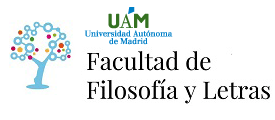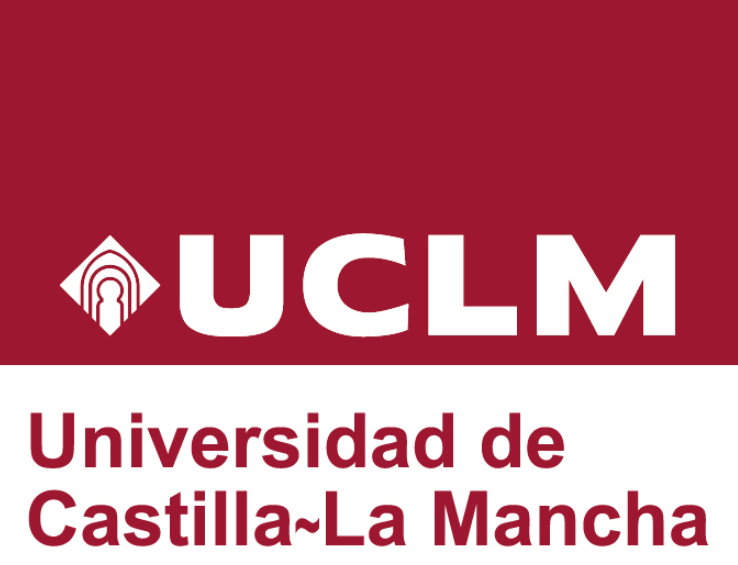The Periphery of the Periphery, the Centre of the Debate? Post-Racial Displacement amongst the New Left-Wing in Spain
The main object with this paper is to explore the fact that certain social spaces of despair can also be spaces of hope. Contrary to what is often put forward, and despite worsening social conditions, I believe that these can often show us rather positive examples of well-functioning diverse conviviality. The struggle for a social production of the space is inherently conflictual, and although these spaces are marginalised and dispossessed, they show interesting signs of hope which might contribute to a reformulation of politics. In this sense, I propose to see these social conflicts as “events” in the Badiouean sense. The popular mobilisation and organisation in response to and opposed to the socio-economic restructuring of the capitalist system take place in particular locations and focal points, places (the peripheries of the peripheries) which can possibly convert themselves into the centres of future alternative and hegemonic mobilisations. This way the peripheralised spaces are “spaces of hope” (Harvey 2000), and sites of potentiality which “open[s] up the sociopolitical space for a multiplicity of new, though not always necessarily rosy, possibilities” (Hage 2010: 236). However, these interesting emerging examples of ‘heterotopian’ spaces and practices are immersed in gender and racial/ethnic inequalities which are often displaced and ignored. The fact is that migrants populations are/were often hit harder by the economic crisis. A structural racism is thus inherent, failing to recognise this will have negative consequences and, possibly, complicate the overall objective of improvement.
(*)El autor o autora no ha asociado ningún archivo a este artículo









